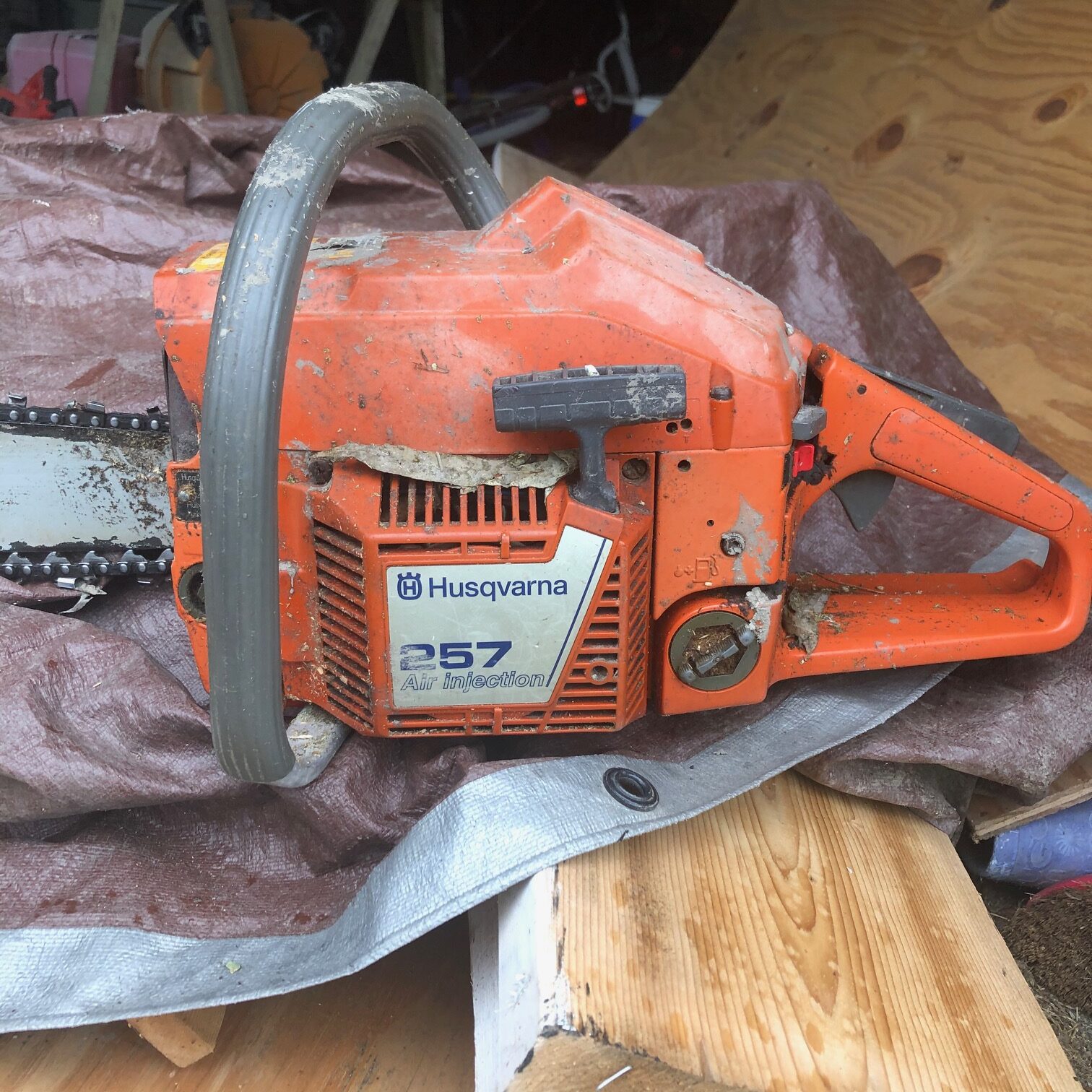What is the best wood for carving? If you are like me you have asked this or are currently asking this question as you get started in carving. And if you are also like I was, you are a beginner in wood carving because you are asking it. Seasoned carvers don’t seem to ask this and seem to scoff a little at the question.
If you are like me you may have some wood and are looking for something useful to do with it. Or you may have a tree you want down and are just wondering if you can turn it into a wooden bear or an eagle or an outdoor bench. For me it was two 6′ diameter 200 foot tall mega-willow trees. And two unwanted pine trees that were dumping sap on our vehicles.
The quick answer to that question is that most woods can be used for carving but some woods are far better suited for carving than are others. As was in my situation, willow can be carved, it is very soft, but it dries out fast, it cracks easily and it typically full of parasites. All of which happened, but I was able to do some initial caves and I developed some carving skills. Both with my chainsaw and with a carving knife that I bought at a rummage sale for $0.25.
I asked what is the best wood to carve to dozens of professional and hobbyist wood carvers. And most of them said not to make anything valuable with willow but carve it anyhow for practice and to just enjoy the process. They also pushed back on the question a bit before answering. They helped me to split the question up into several questions in order to answer most appropriately.
- What is the best wood for a beginner to get started carving with?
- What is the best wood to carve with a chainsaw?
- What is the best wood for whittling? (carving with a knife)
- What is the best wood to make valuable carves that are kept for decoration and/or sale, like wooden ducks?
So the best wood depends on what tools that you are carving for and carving with.
What is the best type of wood for a beginner carver to start with?
Answer: White pine that is freshly cut in the fall, not cut in the spring or early summer. This is because there can be high amounts of pine sap in the wood if it is cut in the spring. This sort of wood is the best for beginners to gain carving skills with, especially when carving with a knife. Freshly cut wood is softer and easier to work with. White pine is also good for chainsaw carving but chainsaw carving can be a bit more forgiving.
What is the best wood to carve with a chainsaw?
Answer(s): White pine, cedar, or cherry. But wood type is not all that critical, just start carving with the wood that is available. Develop carving skills, develop your cuts and grooves to accomplish the shapes and details you are looking for. Also smaller chainsaws are easier to get started with , 14″ to 16″ bars are easier than larger 20″ bars for detail work.
Best wood for Whittling?
Answer: White pine cut that has been freshly cut in the fall or winter. As the beginner increases in skill they should expand out to other woods. It is not a huge deal what wood you use to carve. Some other great options include: birch, cherry, black walnut, cedar, and Sumack. Beginner carves are spoons and perhaps a duck. Not too much detail and rewarding at the end of the carve. Some woods are too hard and are hard on your tools but if that is not a problem grab a piece of oak or maple and start carving.
What is the best wood to make valuable carves for decoration and/or sale?
Custom Wood Carving
Best Answer: black walnut, cedar, birch and cherry.
As I researched this and started carving myself I quickly realized this is a common question for beginner carvers. But for the experienced carvers it is not as big a deal. There are many woods that are good options for carving with either chainsaw or knives.
The important thing is to just get carving, improving skills and if you mess up, have a bonfire, cook some smores, or use it to heat your home.
Check out my related post:
What woods have you carved with? Please share your insights in the comment section below.









